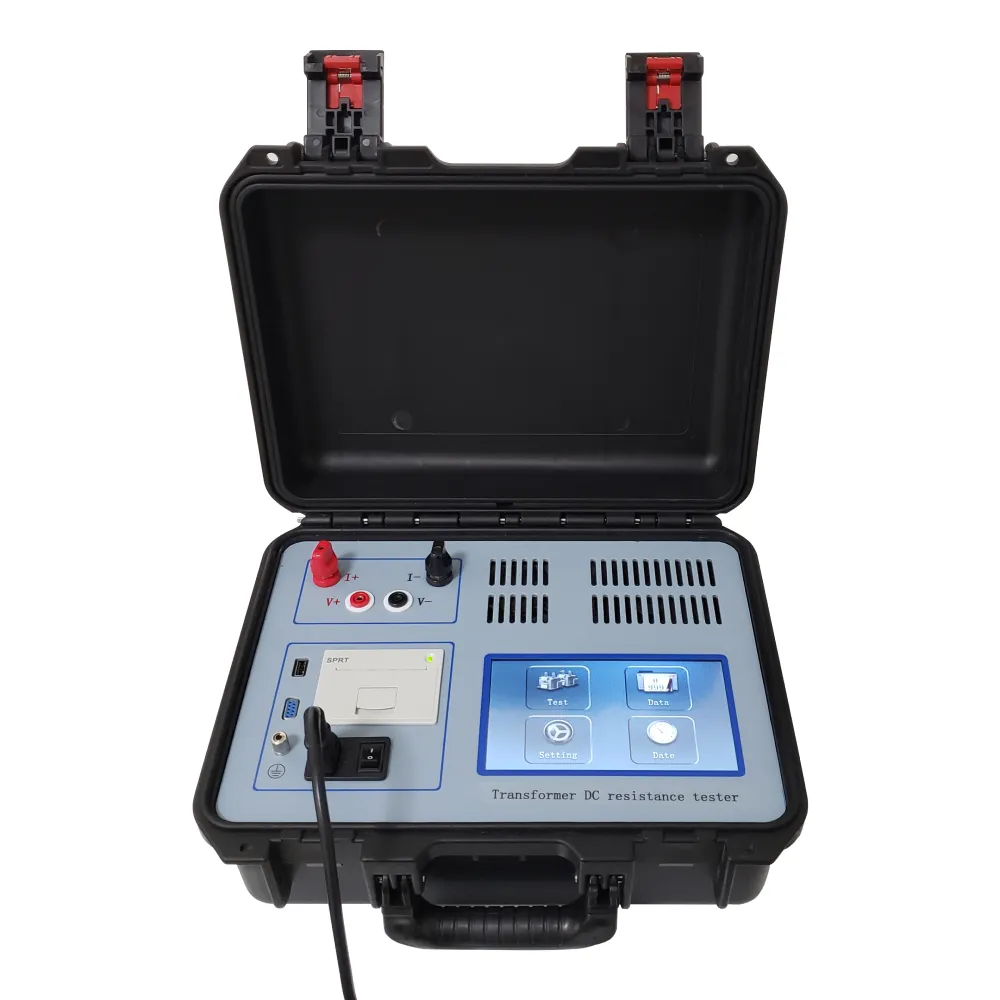 English
English


transformer oil testing types
Understanding Transformer Oil Testing Types
Transformer oil plays a critical role in the functioning of power transformers, serving as an insulator and coolant. To ensure the reliability and longevity of transformers, regular testing of the oil is essential. Various testing methods can be employed to evaluate the quality and performance of transformer oil. Here, we discuss some of the fundamental types of transformer oil testing.
1. Dielectric Strength Testing
Dielectric strength is a key indicator of an insulating fluid's ability to withstand electrical stress without breakdown. This test involves applying an increasing voltage until the oil fails, which provides insights into its insulating properties. High dielectric strength ensures that the transformer can operate safely under high voltages.
Moisture is detrimental to transformer oil, as it significantly reduces its insulating properties and promotes corrosion. The water content can be measured using a variety of methods, including the Karl Fischer titration method, which is highly accurate. Keeping moisture levels low is critical for maintaining oil quality and transformer efficiency.
3. Furan Analysis
transformer oil testing types

Furan compounds are byproducts formed during the thermal degradation of paper insulation within transformers. The presence of furans in transformer oil is an indicator of insulation breakdown and potential failure. By analyzing levels of these compounds, engineers can predict the remaining life of the transformer and schedule maintenance before catastrophic failures occur.
4. Acid Number Testing
The acid number indicates the degree of oil degradation and the presence of acidic byproducts resulting from oxidation. A higher acid number signifies increased acidity, which can lead to corrosion of transformer components. Regular testing helps in assessing the oil’s condition and planning for oil filtration or replacement.
5. Dissolved Gas Analysis (DGA)
Dissolved gas analysis provides valuable information regarding the condition of the transformer by identifying gases produced due to arcing or overheating within the oil. Gases such as hydrogen, methane, ethylene, and acetylene can signal specific types of faults. By monitoring these gases, transformer operators can implement timely interventions to prevent major failures.
Conclusion
Regular transformer oil testing is essential for ensuring the optimal performance and safety of power transformers. By utilizing various testing types—such as dielectric strength testing, moisture content analysis, furan analysis, acid number testing, and dissolved gas analysis—engineers can gain crucial insights into the health of transformer oil. This proactive approach not only extends the lifetime of the transformer but also enhances the overall reliability of the power distribution network, which is vital in our increasingly energy-dependent world.
-
Differences between open cup flash point tester and closed cup flash point testerNewsOct.31,2024
-
The Reliable Load Tap ChangerNewsOct.23,2024
-
The Essential Guide to Hipot TestersNewsOct.23,2024
-
The Digital Insulation TesterNewsOct.23,2024
-
The Best Earth Loop Impedance Tester for SaleNewsOct.23,2024
-
Tan Delta Tester--The Essential Tool for Electrical Insulation TestingNewsOct.23,2024





